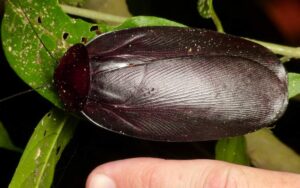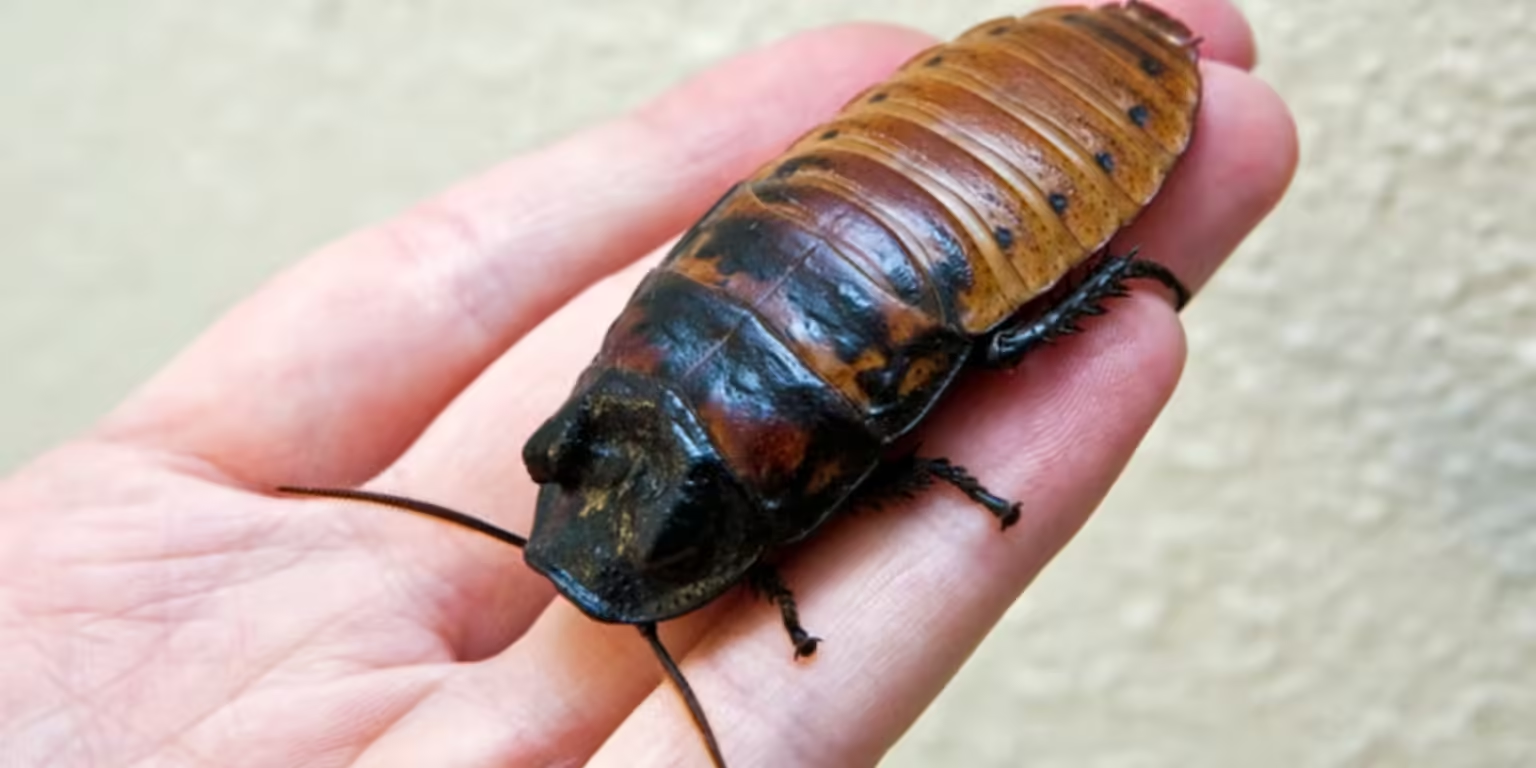Scientific Name of the Largest Cockroach are one of the oldest groups of insects on Earth, having existed for millions of years. While most people are familiar with smaller species of cockroaches, some species can grow to impressive sizes. The Megaloblatta longipennis is known as the largest cockroach in the world. This giant cockroach can grow to remarkable lengths and have an extraordinary wingspan, making it a fascinating subject of study for entomologists and insect lovers alike. This article explores the scientific name of the largest cockroach, its physical characteristics, natural habitat, and some interesting facts about this impressive insect.
Megaloblatta longipennis is a member of the Blattodea order, which includes all cockroaches. It belongs to the Ectobiidae family, and its scientific classification places it among some of the most notable and giant cockroach species. Although Megaloblatta longipennis is the largest cockroach in terms of size, there are other species that can reach large sizes, but none compare to the length and wingspan of this incredible insect.
Physical Characteristics of Megaloblatta longipennis
The Megaloblatta longipennis is truly remarkable in terms of its size. An adult cockroach of this species can measure up to 9.7 centimeters (3.8 inches) in length. The largest recorded specimen had a wingspan of 20 centimeters (8 inches), which is nearly the size of a small bird. The body of this giant cockroach is broad and robust, which gives it a distinct appearance when compared to smaller cockroaches. The wings of the Megaloblatta longipennis are large and extend beyond its body, making it capable of short flights. The wings are typically translucent with a reddish-brown hue, and they fold neatly when the cockroach is at rest.
The size of Megaloblatta longipennis has earned it the title of the world’s largest cockroach by wingspan. However, this species shares its native habitat with another large cockroach, Megaloblatta blaberoides. The two species are similar in appearance but can be distinguished by their subtle differences in body shape and size. While Megaloblatta longipennis is considered the largest by wingspan, Megaloblatta blaberoides reaches nearly the same size in terms of body length and wingspan.
Habitat and Distribution
Megaloblatta longipennis is native to the tropical regions of South America, specifically Colombia, Ecuador, and Peru. It thrives in humid environments, often living in rainforests and other densely vegetated areas where moisture levels are high. The species has also been mistakenly reported in Panama, though this is likely due to misidentifications of the closely related Megaloblatta blaberoides, which is found in Central America.
Due to its size and ability to fly, Megaloblatta longipennis is well adapted to living in the high-canopy areas of forests. It can be found in the undergrowth or among the leaf litter, where it hides during the day and becomes active at night. As an omnivorous insect, it feeds on a variety of organic matter, including decaying plants, fungi, and other detritus, helping break down these materials in the ecosystem.
Why Is Megaloblatta longipennis So Large?

The size of Megaloblatta longipennis can be attributed to a combination of environmental factors and evolutionary adaptation. In tropical rainforests, larger insects are often more successful at surviving due to the availability of food, space, and fewer predators in the upper canopy. These conditions support the development of larger body sizes in insects, allowing species like Megaloblatta longipennis to thrive. Its large wingspan also aids in its mobility, making it capable of escaping predators and finding mates over long distances.
Insects like Megaloblatta longipennis also benefit from a lack of competition with other large creatures in their environment. Their ability to fly allows them to cover large areas, helping them find food and mates. This unique adaptation has allowed them to survive and dominate in certain ecological niches where smaller species might struggle.
Interesting Facts About Megaloblatta longipennis
- Megaloblatta longipennis is often confused with Megaloblatta blaberoides, another large cockroach species found in Central America. However, Megaloblatta longipennis is typically larger and has a distinct wing structure.
- This giant cockroach is not dangerous to humans, as it does not bite or transmit diseases. It is primarily a scavenger, feeding on decaying organic matter.
- Despite its size, Megaloblatta longipennis is capable of short flights, which help it escape from predators. It uses its large wings to glide through the air when necessary.
- While it is one of the largest species of cockroaches, it is not commonly found in homes or urban areas. Its native habitat in tropical forests provides it with the environment it needs to thrive.
- The Megaloblatta longipennis is a nocturnal insect, meaning it is most active at night. During the day, it hides in dark and moist areas to avoid predators.
Conclusion
The Megaloblatta longipennis is a fascinating example of the diverse and unusual world of cockroaches. As the largest species of cockroach, it stands out not only for its size but also for its ability to adapt to its environment in the rainforests of South America. While not commonly seen in urban areas, its impressive wingspan and size make it a subject of great interest to entomologists and insect enthusiasts alike.
Despite its intimidating size, the Megaloblatta longipennis is harmless to humans and plays an important role in its ecosystem. By feeding on decaying organic matter, it helps in the breakdown of plant material, contributing to the nutrient cycle. The size and unique adaptations of this giant cockroach highlight the wonders of nature and the incredible diversity of life on our planet.
FAQs
Q: What is the scientific name of the largest cockroach?
A: The scientific name of the largest cockroach is Megaloblatta longipennis.
Q: Where is Megaloblatta longipennis found?
A: Megaloblatta longipennis is native to Colombia, Ecuador, and Peru, in tropical rainforests.
Q: How large can Megaloblatta longipennis get?
A: The largest recorded Megaloblatta longipennis was 9.7 cm in length with a wingspan of 20 cm.
Q: Is Megaloblatta longipennis harmful to humans?
A: No, Megaloblatta longipennis is not harmful to humans. It is a scavenger that feeds on decaying organic material.
Q: Can Megaloblatta longipennis fly?
A: Yes, Megaloblatta longipennis is capable of short flights, using its large wings to glide.


